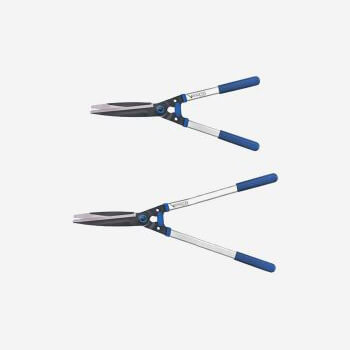ພ.ຈ. . 30, 2024 10:43 Back to list
Flange Adapter and Disassembly Joint Solutions for Efficient Pipeline Connections
Understanding Flange Adaptors and Dismantling Joints
In modern piping systems, the need for adaptability and ease of maintenance has led to the widespread utilization of flange adaptors and dismantling joints. These components play a critical role in ensuring that piping systems are not only functional but also flexible enough to address the evolving needs of various industries. This article delves into the definitions, applications, and benefits of flange adaptors and dismantling joints in piping systems.
What is a Flange Adaptor?
A flange adaptor is a mechanical device that connects two pipe sections, often made from different materials or with different diameters, utilizing flanges. It serves as a transition between a pipe and a fitting, allowing for the seamless integration of new equipment into existing systems. Flange adaptors can accommodate various pipe types, including PVC, ductile iron, steel, and other materials, making them highly versatile.
Flange adaptors typically come with a range of bolt patterns and sizes to match standard flange dimensions, which ensures compatibility and ease of installation in most piping systems. They are designed to withstand certain pressure ratings and provide leak-free connections, which is crucial for the integrity of the piping system.
What is a Dismantling Joint?
Dismantling joints are specialized fittings in piping systems that simplify the process of removing and replacing sections of the pipeline. They act as a flexible coupling that can be adjusted to allow for an easy disassembly of pipework without the need for expensive tools or extensive labor. Dismantling joints often consist of a body with flanges at both ends and a telescopic feature that enables the joint to be lengthened or shortened, accommodating various distances between flanged connections.
The primary purpose of a dismantling joint is to create a space-efficient solution that permits quick access to valves, pumps, or other components within a pipe system for maintenance or replacement. This significantly reduces downtime and enhances the overall efficiency of the operation.
Applications in Various Industries
Both flange adaptors and dismantling joints find wide applications across multiple sectors
. In municipal water systems, they facilitate the installation and maintenance of water supply lines, ensuring that maintenance crews can easily access components without extensive excavation or pipeline alteration.flange adaptor and dismantling joint

In industrial settings such as chemical plants or manufacturing facilities, these components enhance the flexibility of piping configurations, allowing for the quick rerouting of fluids and gases as operational requirements change. Additionally, in HVAC systems, flange adaptors assist in connecting ductwork and other piping systems, creating an efficient flow of air and maintaining optimal temperature conditions.
Advantages of Flange Adaptors and Dismantling Joints
The use of flange adaptors and dismantling joints offers numerous advantages
1. Flexibility and Adaptability They allow for easier modifications in piping systems, accommodating changes in layout or pipe materials without the need for complete overhauls.
2. Ease of Maintenance With dismantling joints, maintenance procedures become more straightforward, allowing for quick access to vital components, reducing labor costs and downtime.
3. Enhanced Reliability Both components are designed to provide robust connections that withstand high pressures and harsh conditions, contributing to the overall reliability of the piping system.
4. Cost Efficiency By reducing the time and effort needed for installation and maintenance, these components lead to significant cost savings in the long run.
Conclusion
Flange adaptors and dismantling joints are vital components in modern piping systems, combining versatility, ease of use, and cost efficiency. Their ability to connect dissimilar materials and facilitate easy access for maintenance makes them indispensable in various industries. As infrastructure demands continue to evolve, the role of these components will undoubtedly become more prominent, ensuring that piping systems remain effective and adaptable to new challenges.
Share
-
Reliable Wafer Type Butterfly Valves for Every IndustryNewsJul.25,2025
-
Reliable Flow Control Begins with the Right Ball Check ValveNewsJul.25,2025
-
Precision Flow Control Starts with Quality ValvesNewsJul.25,2025
-
Industrial Flow Control ReliabilityNewsJul.25,2025
-
Engineered for Efficiency Gate Valves That Power Industrial PerformanceNewsJul.25,2025
-
Empowering Infrastructure Through Quality ManufacturingNewsJul.25,2025